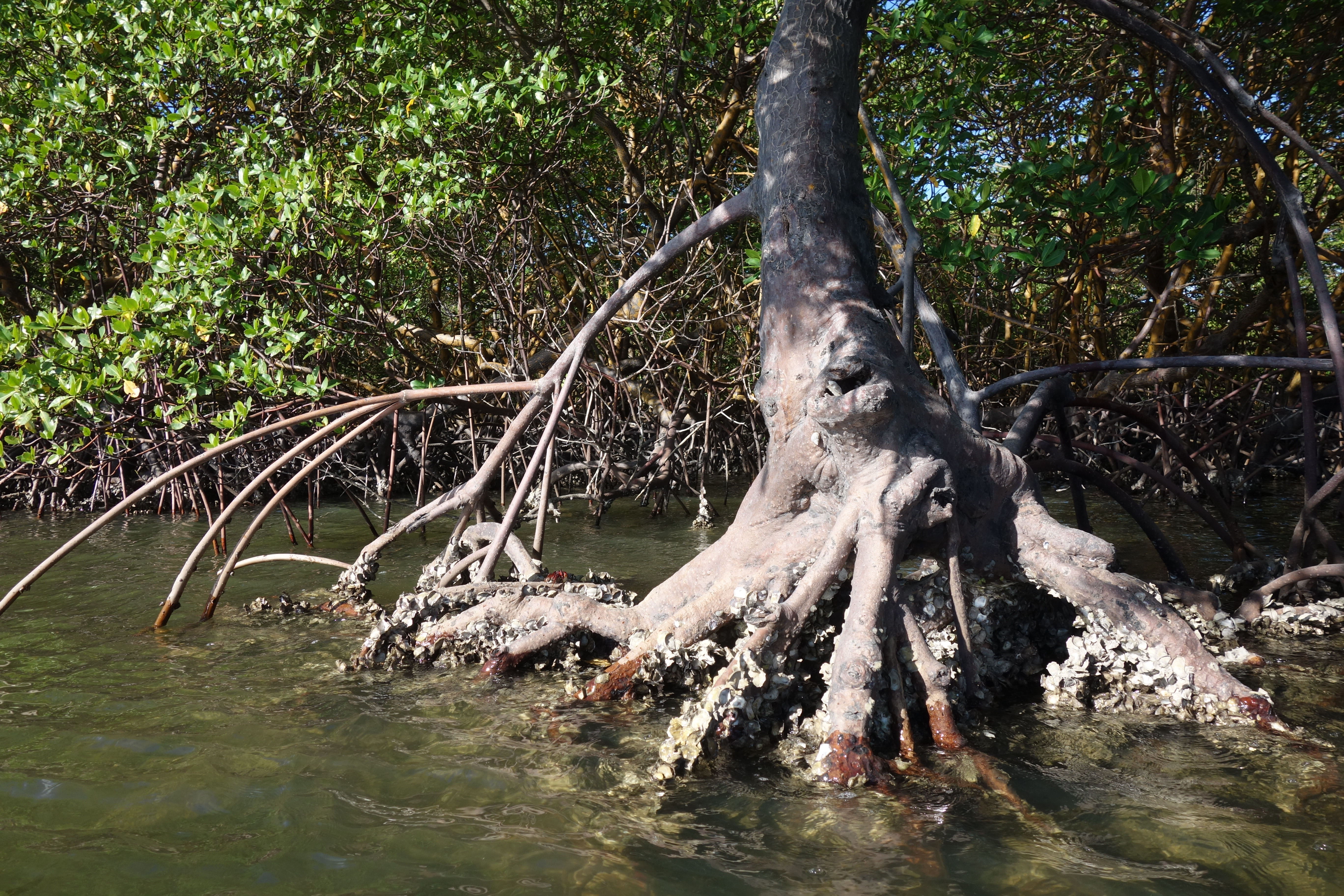
Chief scientist
Aquaculture and bivalve fishing are very important activities, with economic and sociological impacts on a global scale, and the North-East of Brazil (NE) is particularly concerned by these marine productions since this region is characterized by the presence of many estuaries favourable to aquaculture development and the exploitation of the stocks of many edible bivave species., including the Crassostrea gasar oysters. However, the Brazilian coasts are regularly subjected to toxic phytoplankton (HAB) blooms whose intensity and geographical distribution are constantly increasing. These HAB are known for their major effects on the ecology of marine coastal areas. The first organisms affected by these toxic phyto-plankton blooms are filter feeder species, including bivalves. In vitro and in vivo exposure experiments of C. gasar oysters to two toxic microalgae of the genus Prorocentrum and Ostreopsis were therefore conducted to evaluate the effect of these toxic microalgae on the physiological responses of oysters, using molecular, cellular and tissue approaches. These experiments were carried out in partnership with a Master’s and post-doctoral student of UFPB.